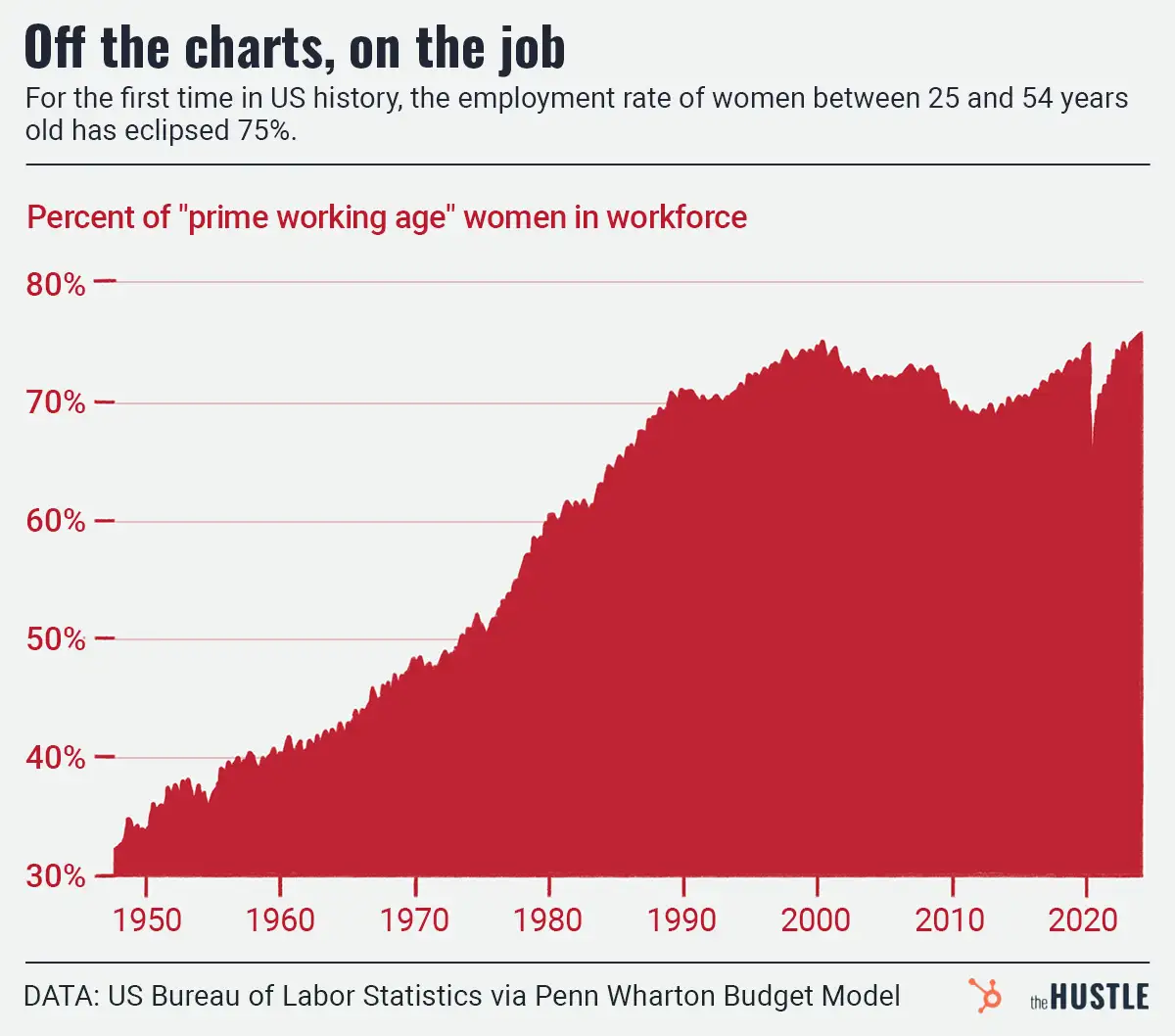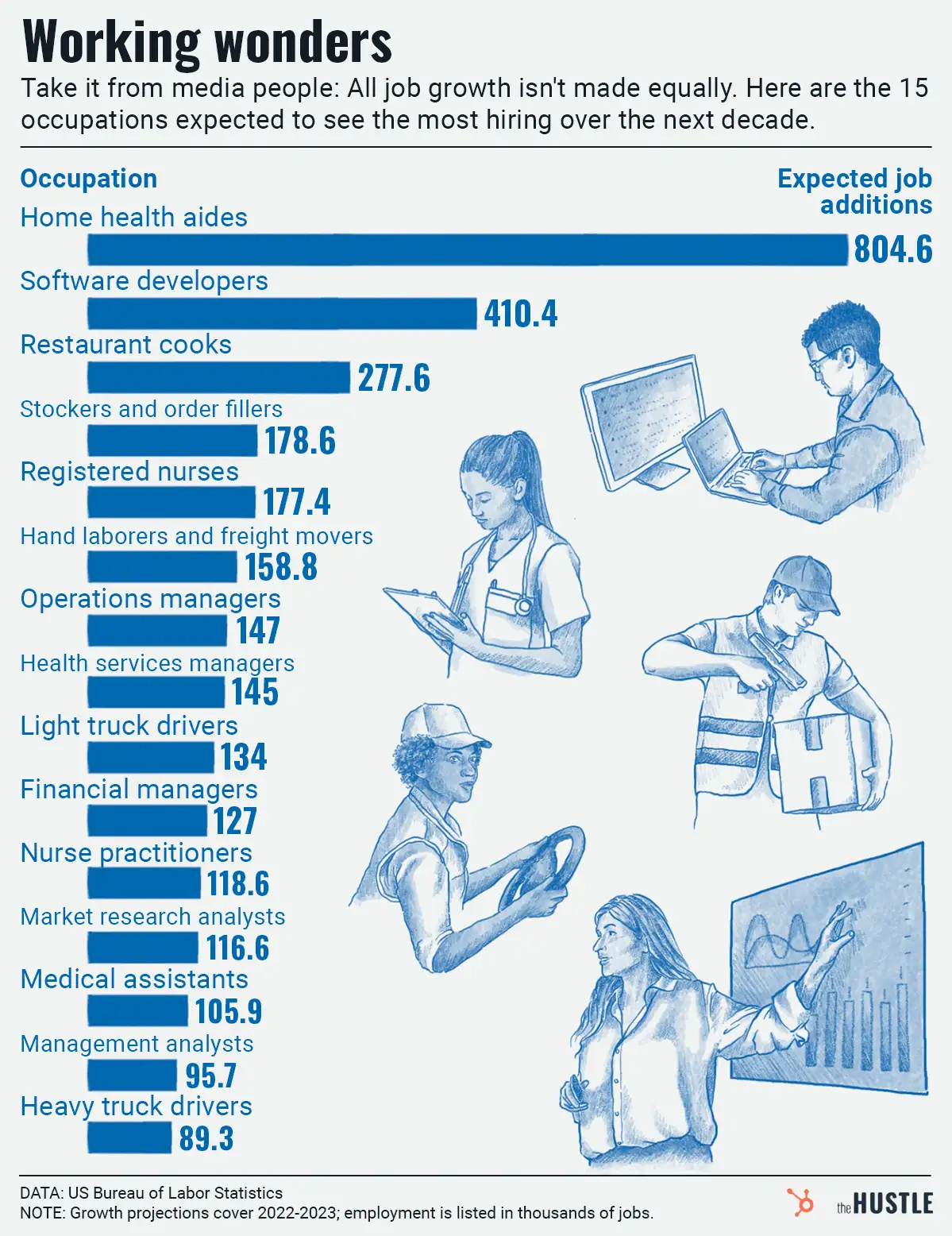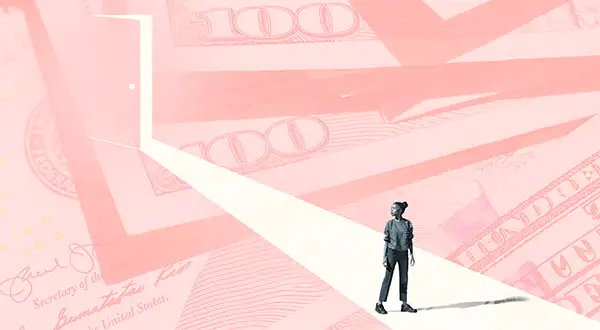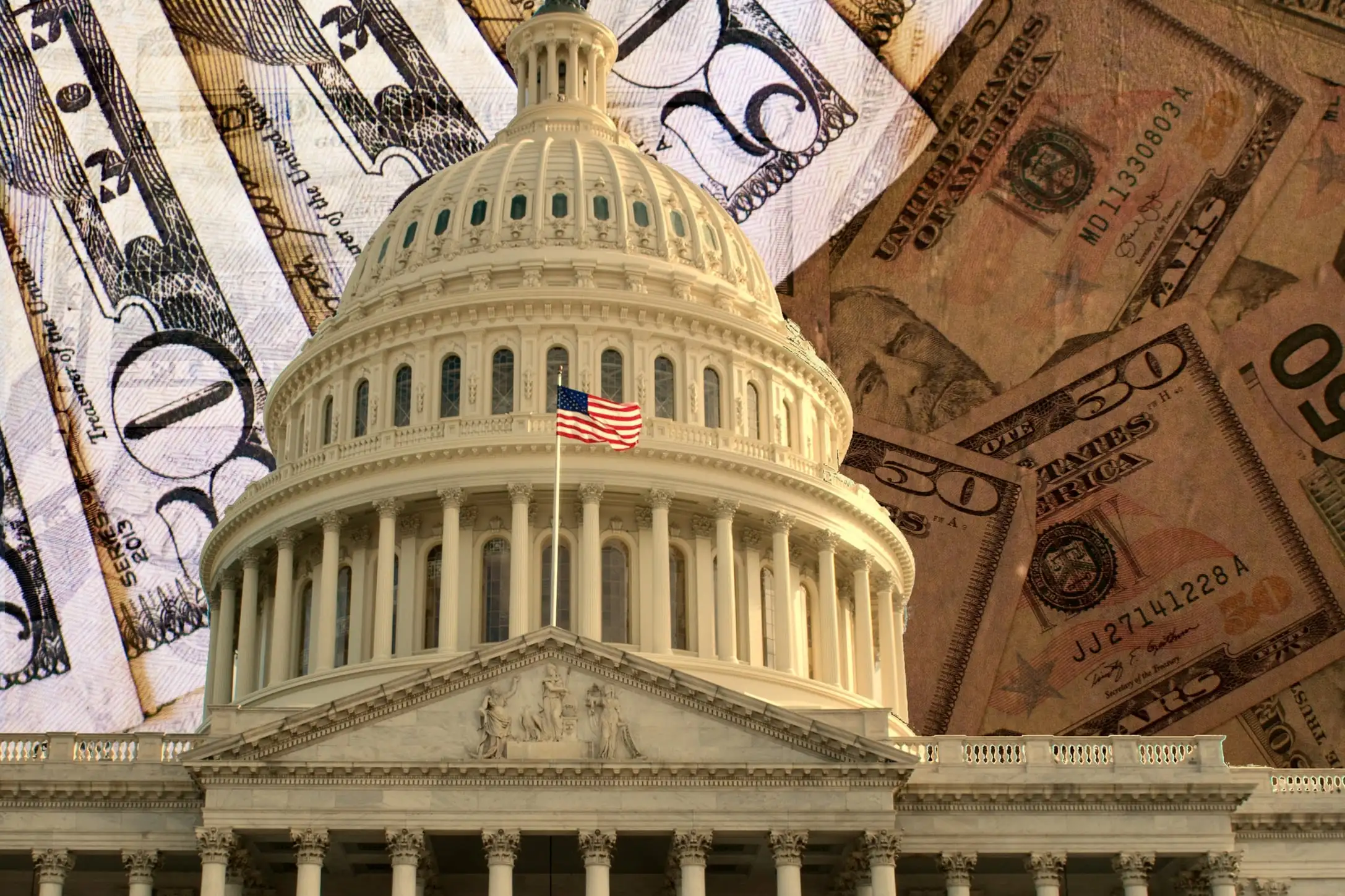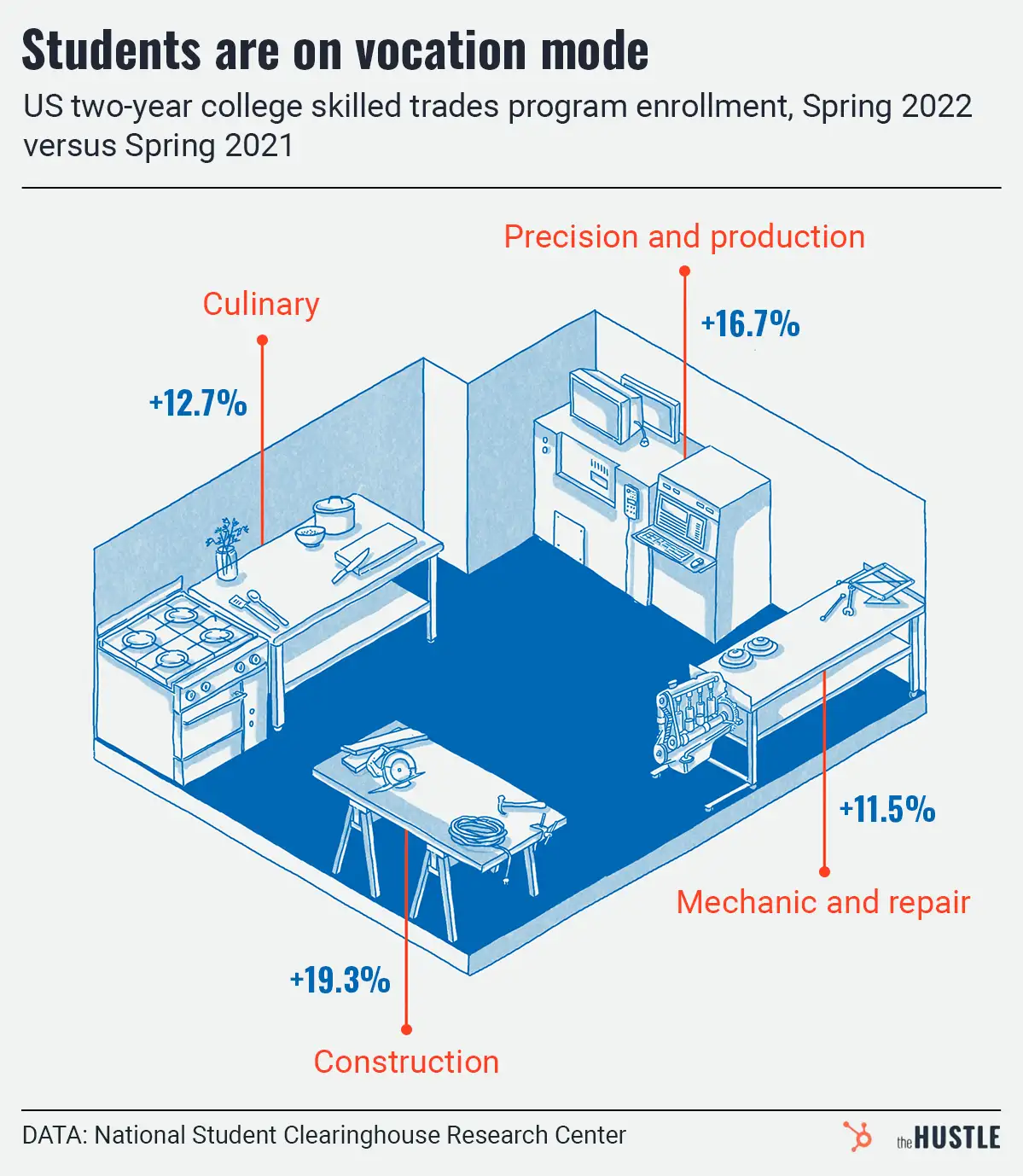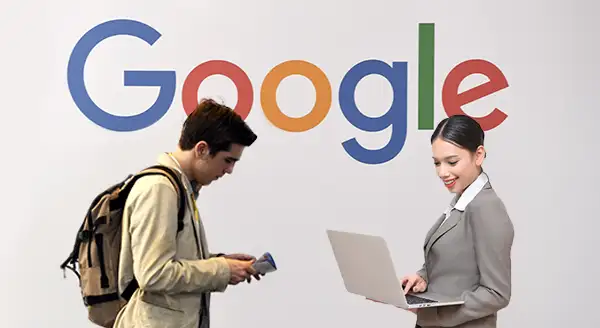If you’re reading this, you already know: The United States government is closed for business.
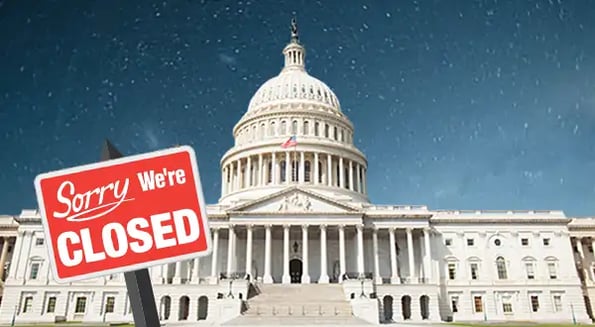
Hundreds of thousands of workers have been furloughed, national parks have shuttered and, while the Border Patrol has stayed on the clock, they’re doing it pro bono, which certainly feels less secure than paid security.
But we’re not hear to talk politics. We’re here to talk money. And, as the NYT reports, closing the government actually costs more than keeping it open.
Maybe the government hates revenue?
Americans are still expected to file their income taxes by April 15, but the IRS has furloughed employees in charge of collecting back taxes, meaning the government will miss out on that revenue in the interim.
It will also miss out on revenue from closures of national parks like Joshua Tree, which lost about $7m in revenue during the 2013 shutdown, among many others.
No money, no spending
The longer a shutdown lasts, the more it pulls at the thread of the economy, and with that comes more deficit.
A total of 800k federal workers will go unpaid through the end of the week (barring a miracle), which cuts into consumer spending. Those workers buy fewer cars, eat out less, sometimes miss rent — the list goes on.
Mind you, furloughed workers will eventually get paid for their government-mandated “sabbaticals.” According to a report commissioned by the Obama administration, employee back pay cost the government $2.5B during the 2013 shutdown (its highest cost) — and that only lasted 16 days (we’re currently at 20).
Clocks are still getting punched
While 9 out of 15 federal departments are closed, as well as dozens of agencies, about 75% of government services have kept the lights on.
More than 420k federal employees are working without pay, including agents from the FBI, ATF, DEA, and CBP, as well as staff from the State Department, Coast Guard, IRS, and Department of Homeland Security.
Airports have also remained open, though there has been an odd hike in TSA agents calling out sick. Coincidence? Don’t make us say it.


